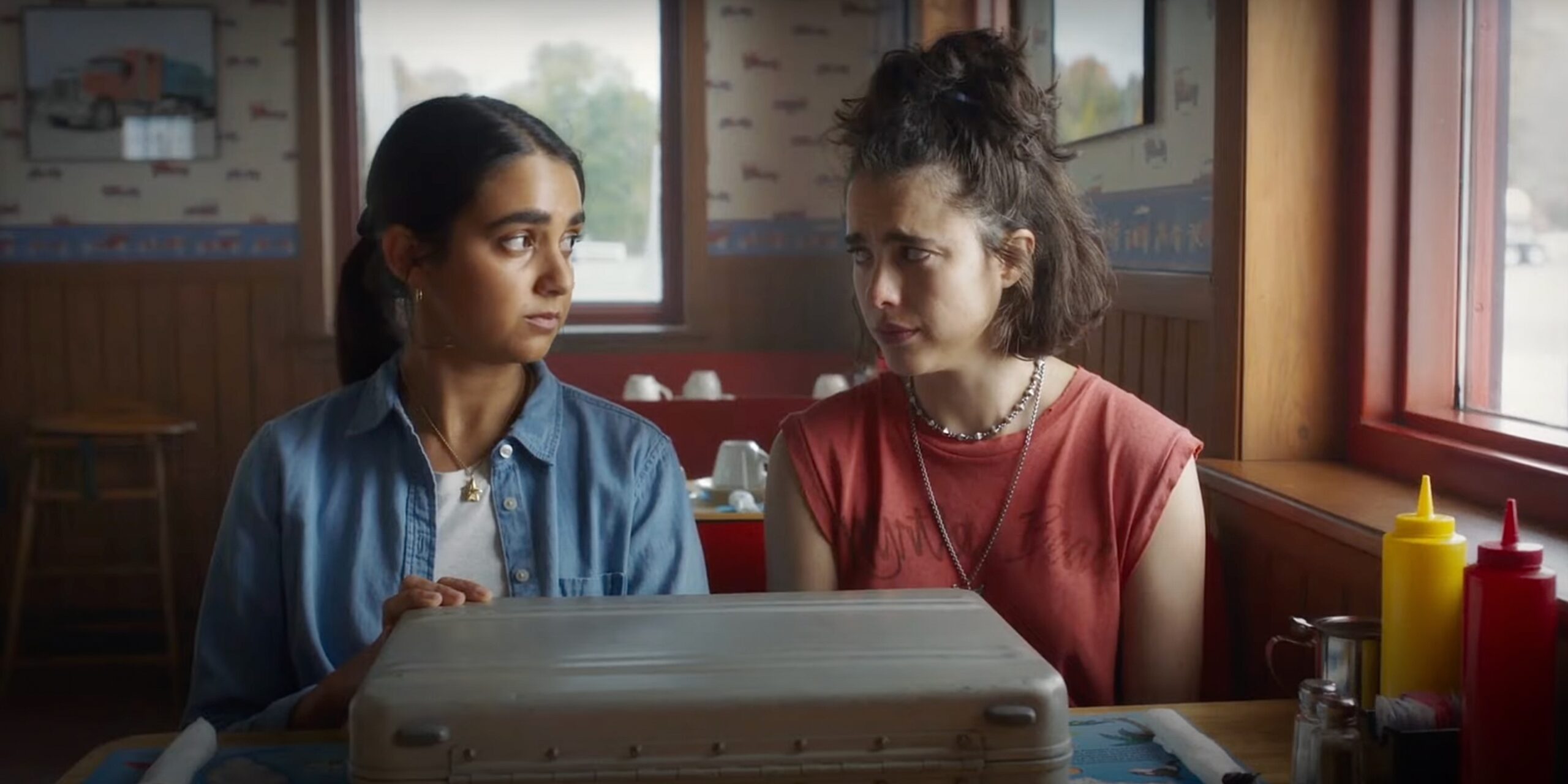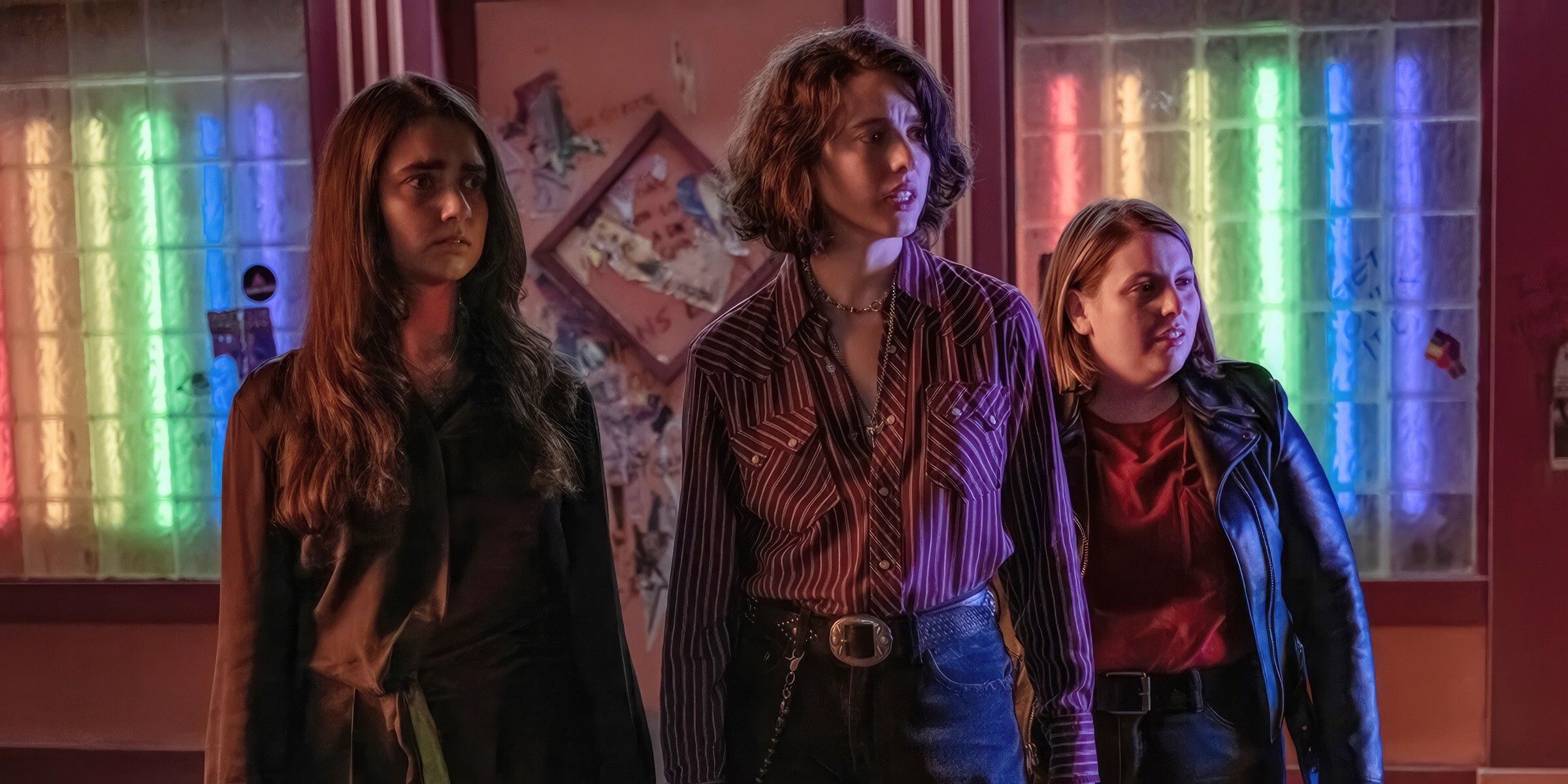Ethan Coen, one half of the renowned Coen Brothers directorial duo, ventures into his initial solo directorial endeavor with ‘Drive-Away Dolls.’ The story revolves around Jamie and Marian, two young girls embarking on a road trip to Tallahassee, yet this is far from an ordinary journey. Jamie, grappling with the aftermath of a heartbreaking experience, identifies as queer, while Marian, her companion, seeks a liberating experience. Together and during their travels, they aspire to discover solace from the personas they’ve adopted and find a sense of renewal in each other’s company.
The narrative deepens as the two girls unwittingly rent a car, oblivious to the mysterious contents in the trunk – a peculiar briefcase. Unbeknownst to them, they cross paths with bumbling criminals determined to seize the said case. What ensues is a comedy marked by liberation, carefree exuberance, and spirited escapades. It will be exciting to uncover the film’s inspirations and whether any real-life events had any bearing on its inception.
Drive-Away Dolls is Driven by Tricia Cooke’s Vision
‘Drive-Away Dolls’ is not based on a real story, but there are many factors that make its resemblance to real life quite stark. Penned by Ethan Coen and his spouse of 34 years, Tricia Cooke, the film gains a personal touch. Cooke, embracing a queer identity, has been a part of the LGBTQIA+ community since her teenage years. She openly acknowledges her open marriage with Coen, emphasizing their role as co-parents and life partners, navigating life together.

The genesis of ‘Drive-Away Dolls’ stems from Cooke’s yearning for more LGBTQIA+ representation in films, inspired by impactful experiences with a few films in the 90s. Collaborating with Coen, she commenced writing the screenplay in the 2000s, infusing it with a myriad of her encounters. During this creative process, she frequented two lesbian bars in New York, namely Meow Mix and Cattyshack. These establishments left a profound imprint on her, influencing the portrayal of lesbian bars in the film.
Numerous modifications have been implemented in the screenplay since its inception, with Cooke elucidating these alterations by stating, “We had written it as a lesbian movie, and the queer world is a lot broader now, so we felt it would be dated if we made it more contemporary. Also, it’s a caper where people can’t necessarily connect, so we didn’t want there to be smartphones, that kind of thing. Back then we wanted to make a genre movie, because we lacked those in the LGBT world. There really weren’t a lot of comedies for the queer world; still aren’t.”
The choice of Florida as the film’s setting aligns with its notorious reputation for posing dangers to the LGBTQIA+ community. Florida has witnessed incidents of violence, discrimination, and legal challenges targeting individuals based on their sexual orientation or gender identity. For example, hate crimes against LGBTQIA+ individuals have been reported in the state, emphasizing the need for increased awareness and protection. Additionally, Florida has faced controversies surrounding anti-LGBTQIA+ legislation and policies, contributing to a challenging environment for the community.
To capture the authenticity of the 1990s, ‘Drive-Away Dolls’ incorporates not only the language used but also the visual style of the era. Cooke expressed a desire to authentically portray the LGBTQIA+ community’s experiences during that specific period. The film embraces the cinematographic techniques, fashion, and cultural elements of the 1990s, allowing viewers to immerse themselves in the unique atmosphere of that era.
She said, “I felt like the world that I knew, at least in the lesbian bars, was very specific to that time and that generation. And I mean, not that I haven’t evolved as well, but it felt like I wouldn’t be able to represent an authentic kind of world if it was contemporary. Some of the jokes are so dated. But we kind of wanted to keep that very naïve, innocent feel.”
Featuring a stellar ensemble cast led by Margaret Qualley as Jamie and Geraldine Viswanathan as Marian, accompanied by renowned actors Pedro Pascal and Matt Damon, ‘Drive-Away Dolls’ has garnered acclaim for its success. While the film is not rooted in a specific real-life story, its characters, and narrative are crafted with such precision and authenticity that it creates a cinematic experience that feels almost like an existence in a parallel universe. This is where the beauty of the film lies and it will continue to attract the audience to its simplicity.


You must be logged in to post a comment.